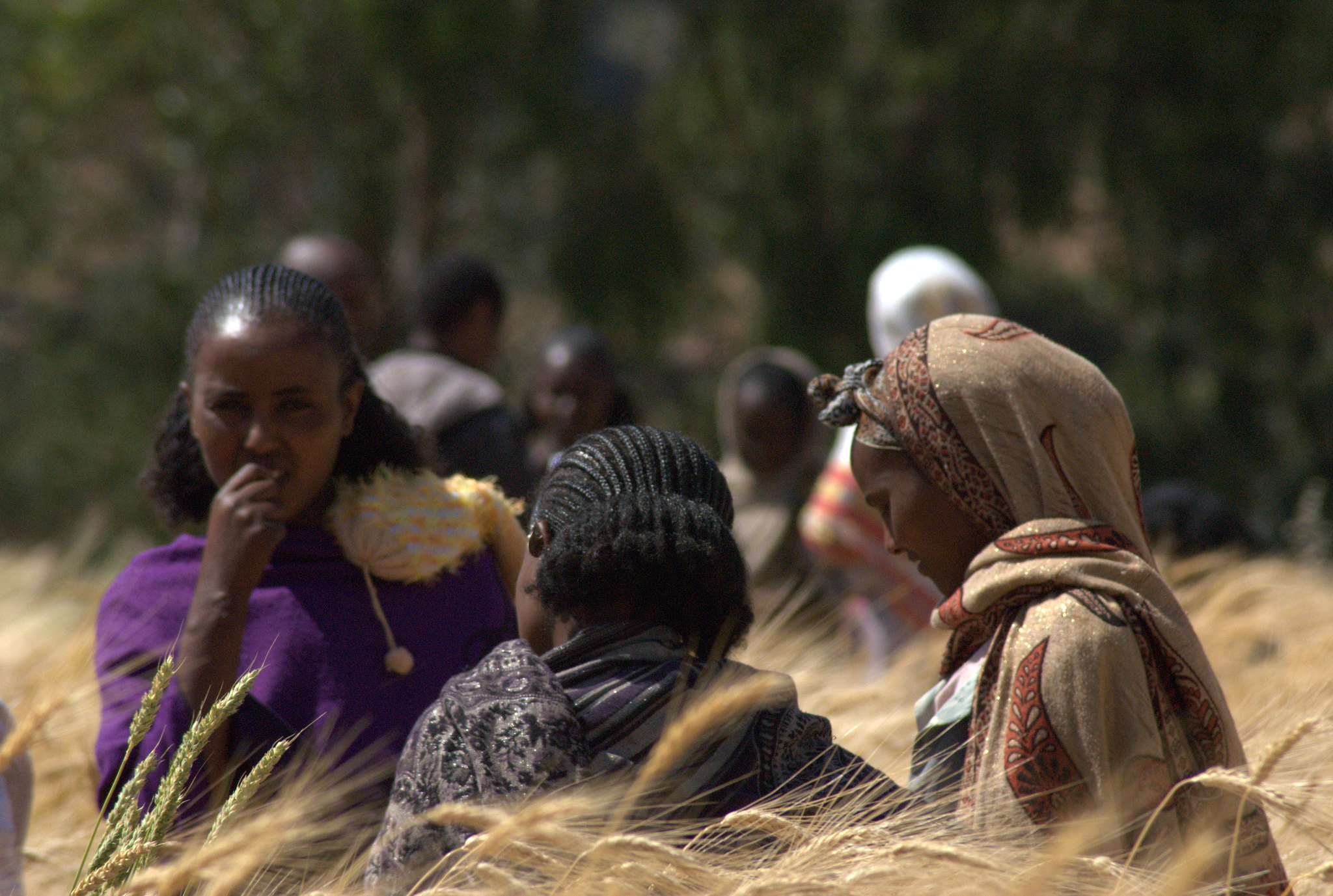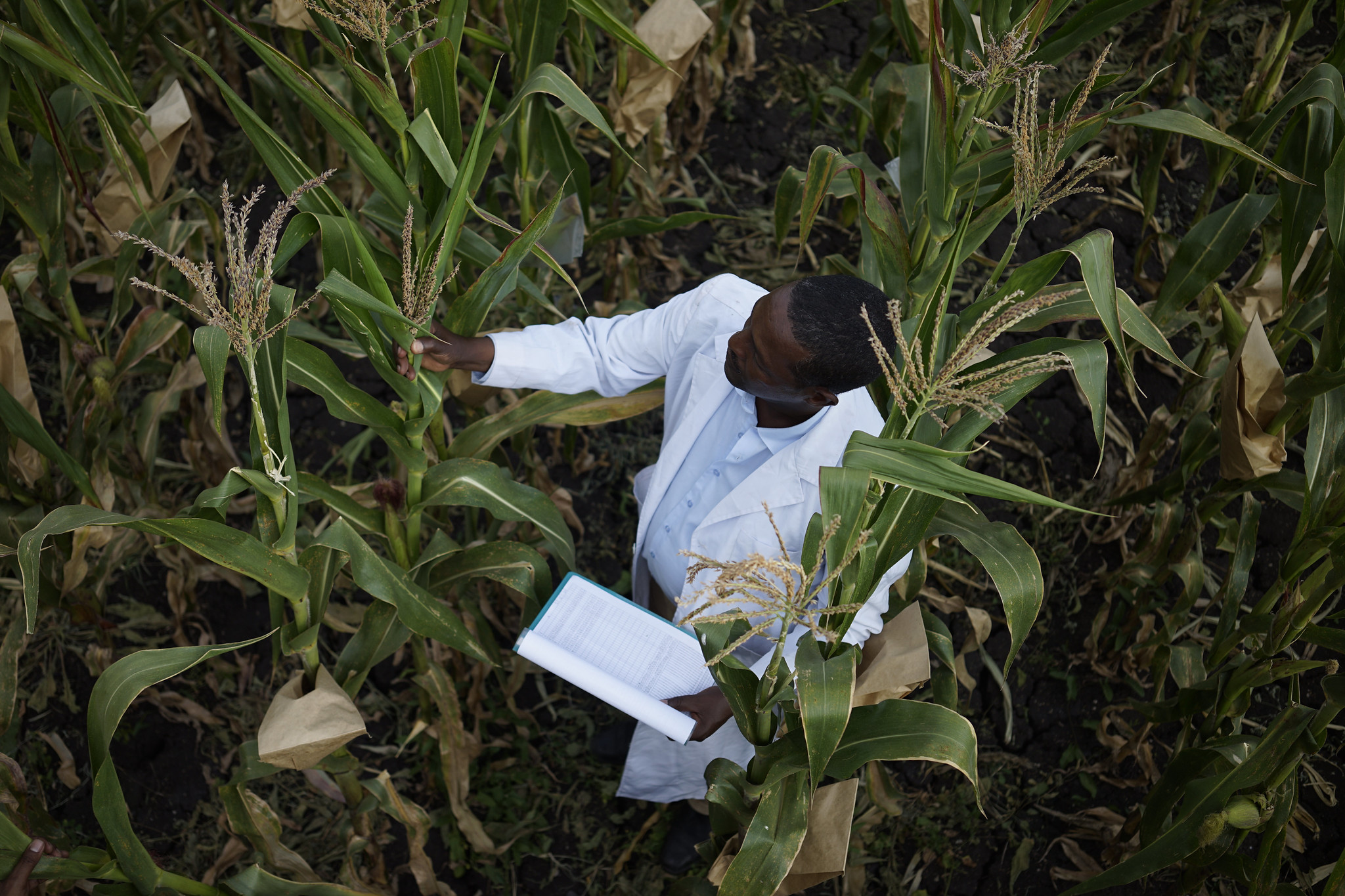An effective way to strengthen food security in the face of climate change is to provide farmers with seeds that can survive heat, drought, diseases, and pests. CIMMYT does this by developing maize varieties that yield well even under tough conditions.
But for these seeds to reach farmers, several things need to align: the varieties must perform as well as or better than local options, partners must invest in registration and commercialization, and seed companies must be willing to take the risk of bringing something new to market. Most importantly, demand must exist among both the institutions that sell seed and the farmers who rely on it.
In 2025, CIMMYT is seeing a sharp increase in that demand.
A sharp uptick in licensing interest
In the first half of 2025 alone, 85 organizations applied for licenses to register and commercialize CIMMYT’s elite maize hybrids and open-pollinated varieties (OPVs)—a 17% increase compared to the same period in 2024. That figure is already close to CIMMYT’s annual record and signals growing trust in the breeding program’s ability to deliver.

“There’s no mystery behind the demand,” says Dr. Walter Chivasa, a maize seed systems specialist at CIMMYT. “We’ve worked closely with partners to understand what traits farmers need—especially resilience. When we get that right, people line up.”
This trust is echoed by partners across Africa. For instance, Gamal Alim AgriNiche in Sudan notes: “The CIMMYT maize varieties are a vital addition to our institution’s product portfolio because they align seamlessly with our mission to empower smallholder farmers, enhance food security, and promote sustainable agricultural practices in Sudan. These varieties bring the following strategic benefits: adaptation to local conditions, specifically drought tolerance and pest resistance, making them ideal for Sudan’s environment and boosting agricultural productivity.”
Most applicants are small- and medium-sized seed companies, many of them based in sub-Saharan Africa, a region where maize is grown on more than 40 million hectares and is a primary staple for over half the population. In this context, access to stress-tolerant maize is a matter of economic and food survival.
Building climate resilience into staple crops
Farmers in many African countries face a perfect storm of challenges—erratic rains, emerging pests like fall armyworm, and poor soils. In response, CIMMYT and its partners at the International Institute of Tropical Agriculture (IITA) have bred maize varieties that can withstand multiple stresses.
These varieties are not genetically modified and are developed through conventional breeding using public germplasm, cutting-edge trait selection tools, and field validation across Africa, Latin America, and Asia.
Looking just at 18 of the key maize-producing African countries, around 60% of maize varieties can be traced back to CIMMYT or IITA. Their widespread adoption has helped stabilize yields and reduce risk for millions of farmers.
As Abigael Du Preez from Lake Agriculture (PTY) Ltd in South Africa points out: “CIMMYT products have the best traits that resonate with the current climate change, disease resistance, pest perseverance, and soil conditions.”
Making improved seed accessible
Once a new variety is bred, most countries require that it be officially released through an official regulatory process before it can be sold—often a 2–3-year process that includes multi-location trials and review by an expert panel. CIMMYT facilitates this by offering licenses to public and private organizations willing to invest in registration and seed production.

CIMMYT prioritizes public-sector applicants, who then sublicense widely after release. But when public entities don’t apply, the organization engages directly with private firms, often granting licenses to SMEs royalty-free to encourage uptake.
“It’s not just about releasing a variety; it’s about ensuring it gets to the people who need it most,” Chivasa said. “That’s why we work closely with seed companies and national systems.”
Firmin Mizambwa from JWD Agro Inputs Center in Tanzania highlights this model as critical for private sector growth: “CIMMYT is excellently supporting private companies to easily enter into the maize seed business by providing licenses for their varieties. This is a perfect strategy for ensuring farmers can access high-quality seeds. We hope CIMMYT will continue to support us in the early stages of the commercialization of the variety after release.”
This model is proving effective. The growing number of applicants illustrates how demand for high-performing, affordable maize seed is converging with a dynamic, decentralized seed sector across Africa and beyond.
A high-impact investment
The benefits of improved maize varieties aren’t just theoretical. A 2024 study estimates that CIMMYT-derived maize varieties generate $2.1 billion in economic benefits annually across developing countries. In sub-Saharan Africa alone, CGIAR maize varieties returned $1.1 to $1.6 billion in benefits per year between 2015 and 2020.
With a breeding budget under $30 million per year, that’s an estimated return of $12–17 per dollar invested—a level of impact rarely seen in agricultural development.
More support is needed to meet demand
As the seed industry grows more competitive, so does demand for CIMMYT’s research outputs, like improved germplasm. But funding for international breeding programs like CIMMYT’s is under pressure, and the stakes have never been higher.
“When farmers face uncertainty every season, they need seed they can count on. That’s what we’re building, but we can’t do it alone.”
Takeaways for policymakers and partners
- Demand is rising: A record number of organizations are applying to license CIMMYT’s improved maize varieties.
- Seed systems matter: Breeding is only part of the equation—registration, multiplication, and market access are key.
- ROI is high: Modest investments in public breeding generate billions of USD in economic benefits and deserve stronger donor investment.
- Collaboration drives success: Public-private partnerships are essential to move from promising varieties to real-world impact.
“At the end of the day,” Chivasa reflected, “our goal is simple: get better seed into the hands of farmers so they can thrive no matter what the season brings.”

 Nutrition, health and food security
Nutrition, health and food security 
